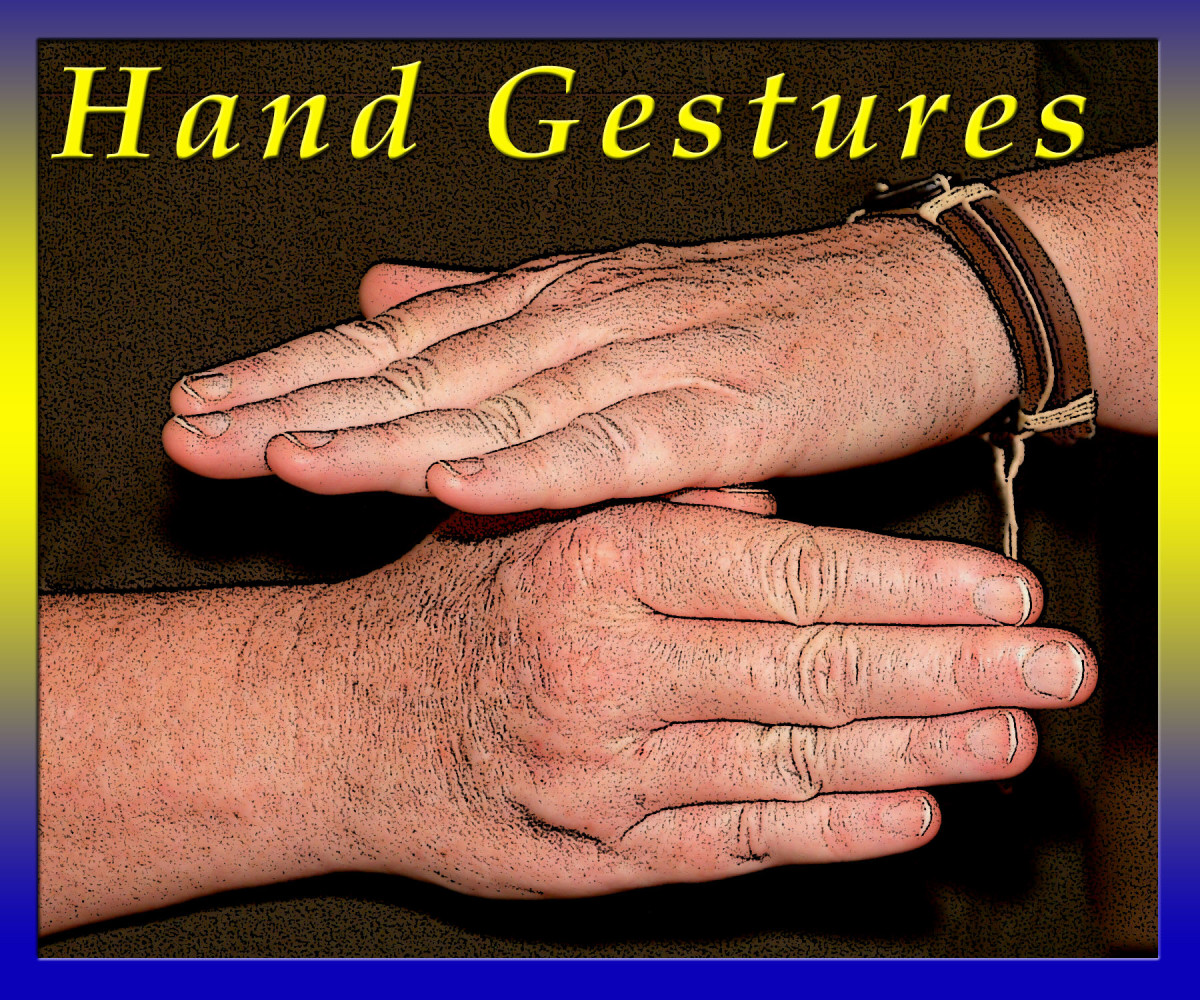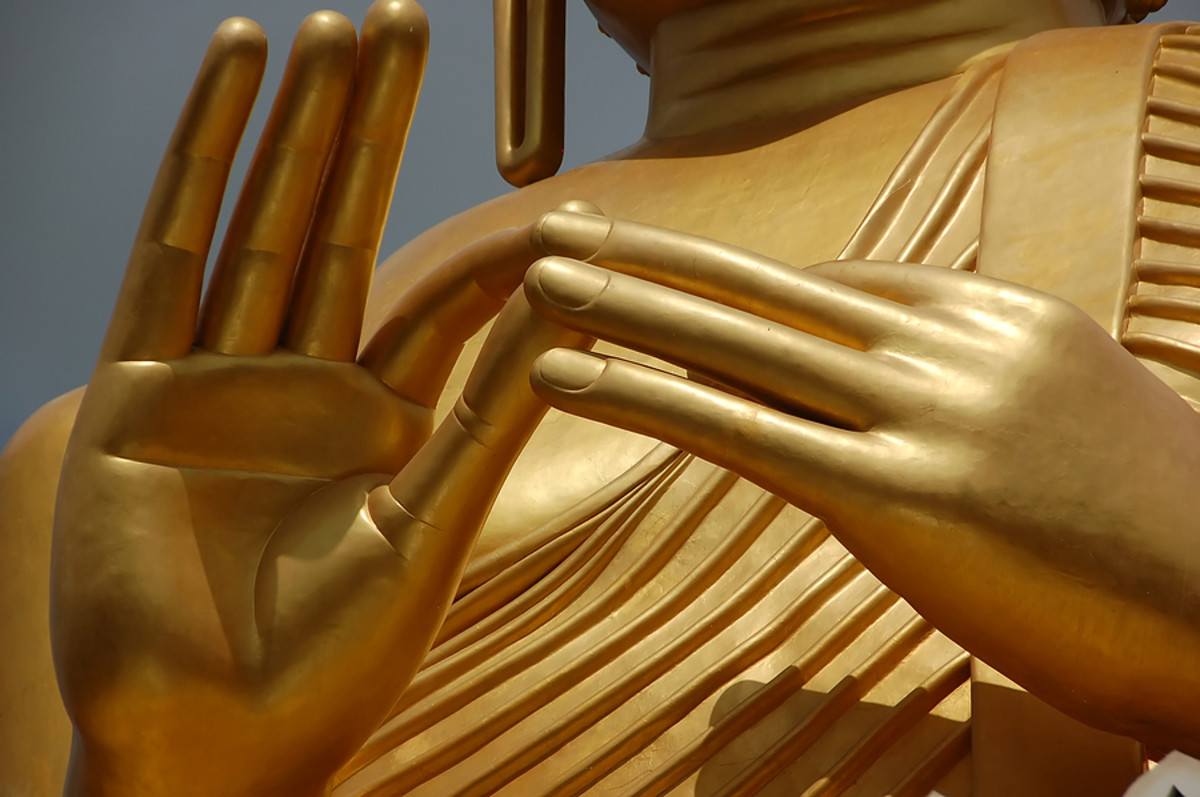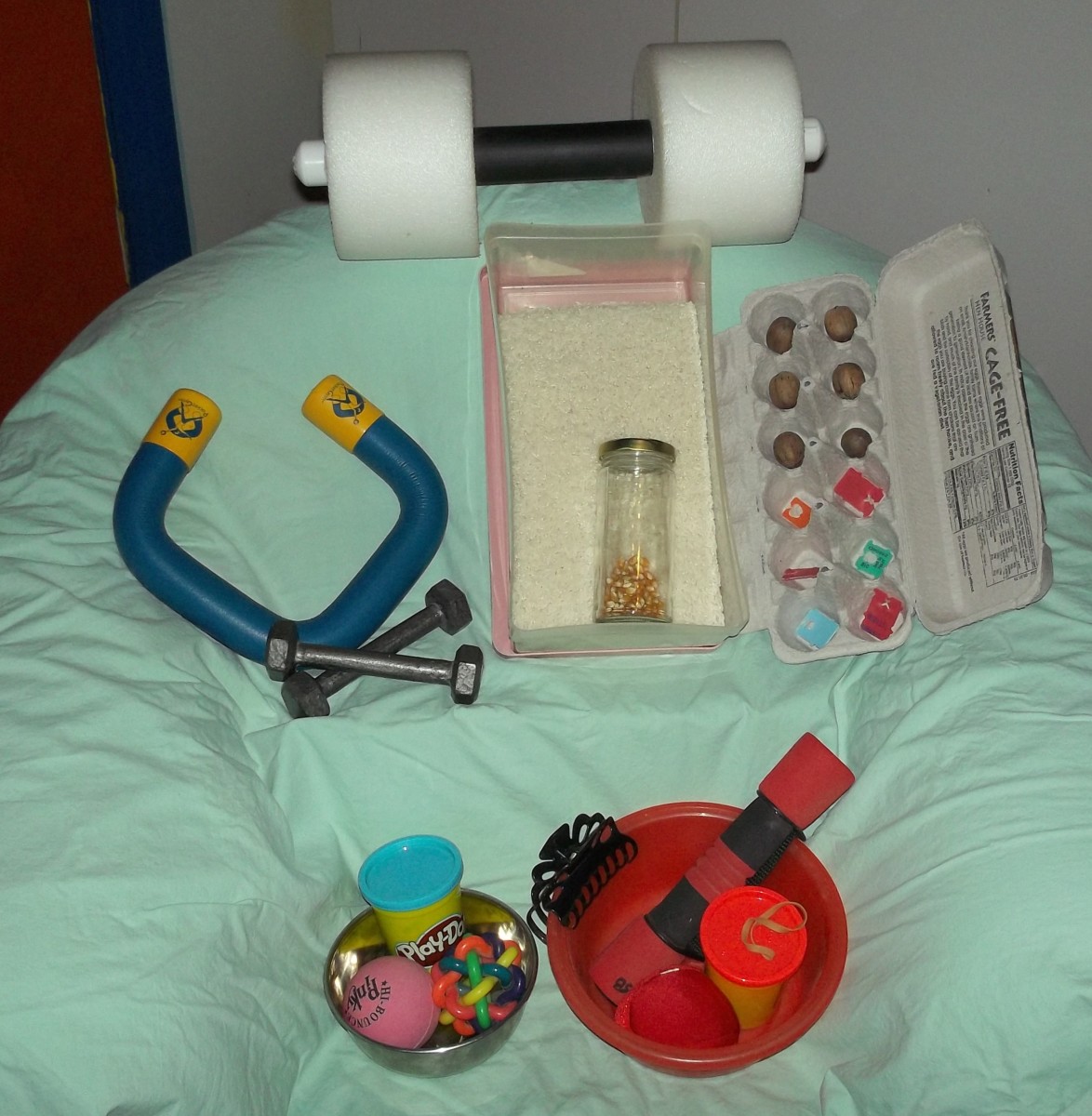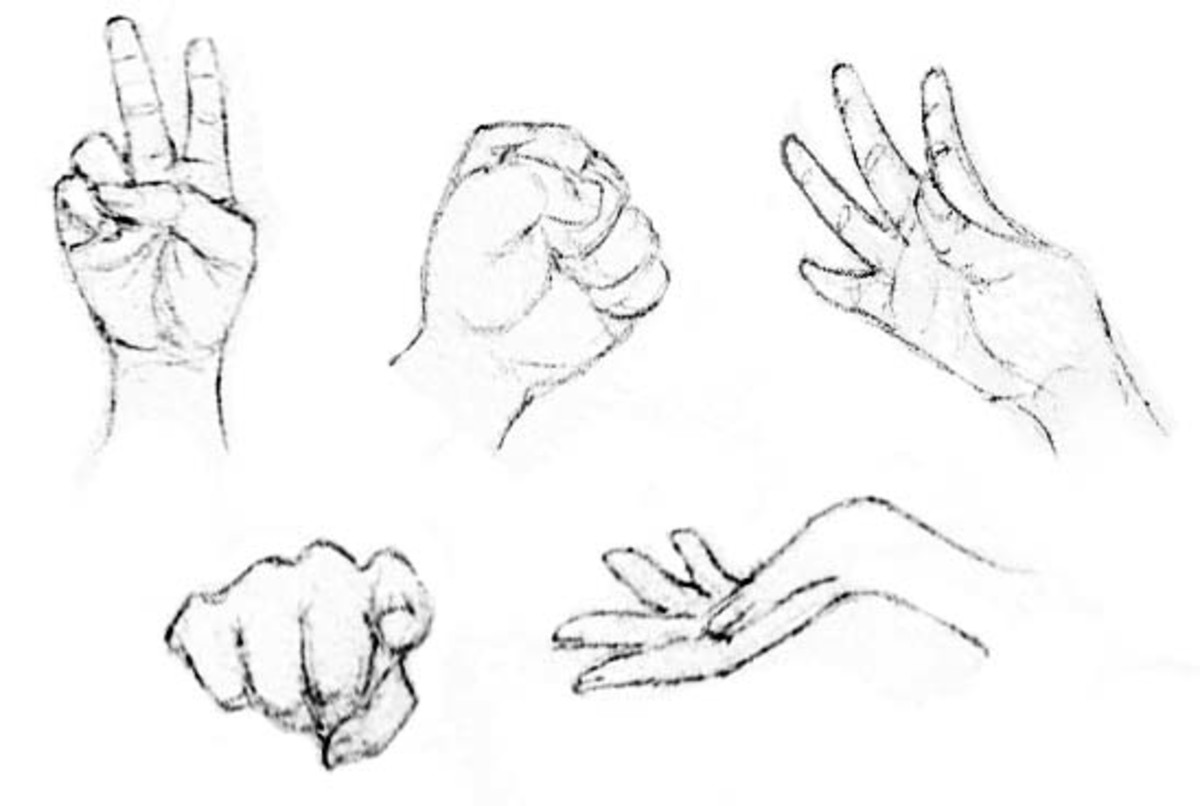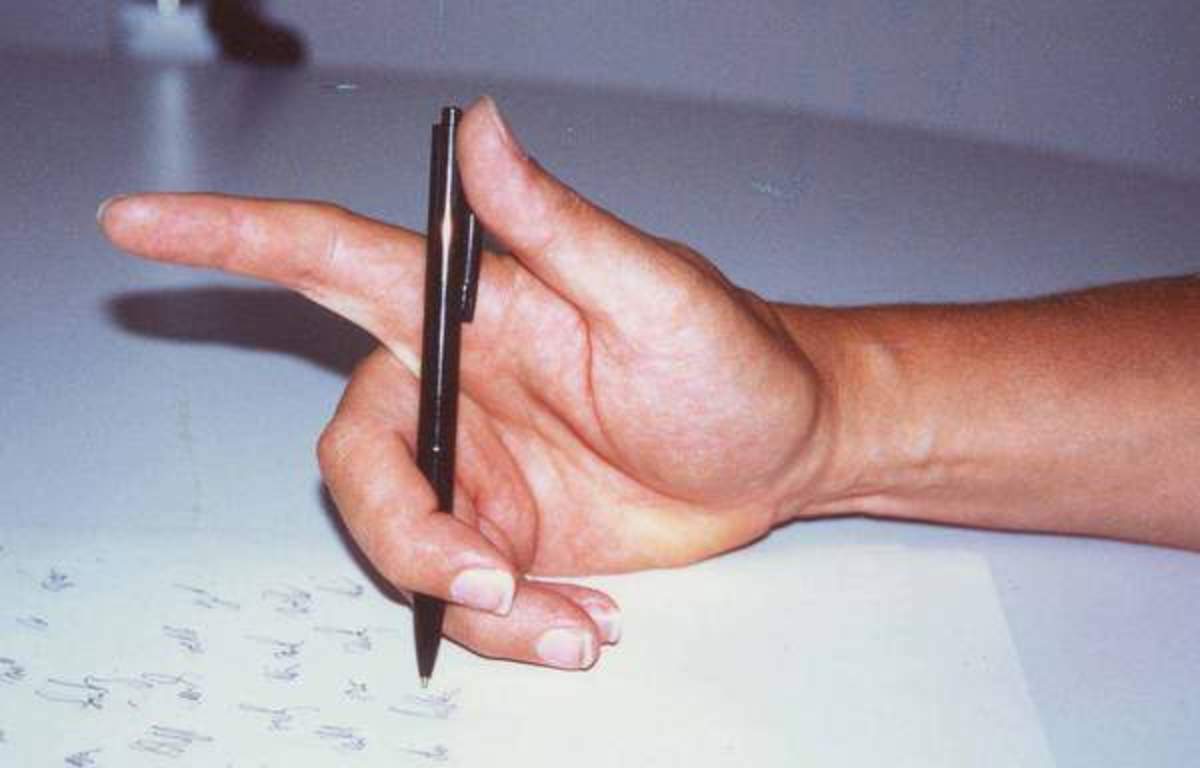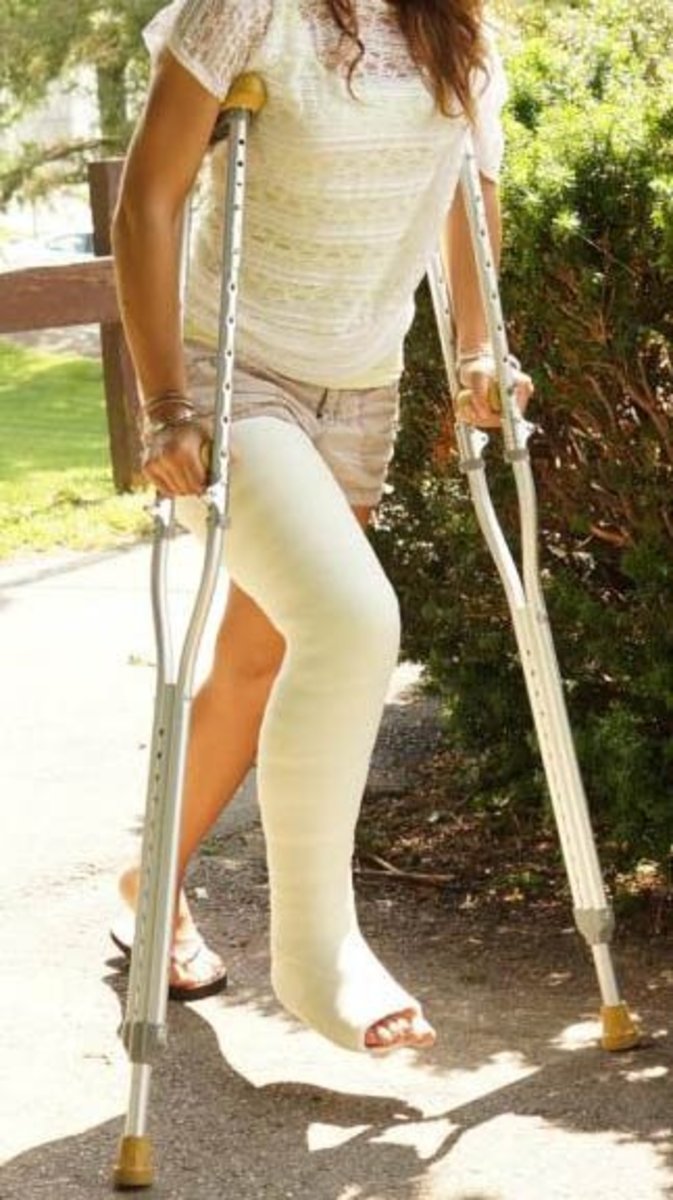Bionic Gadgets Replace Injured or Amputated Limbs
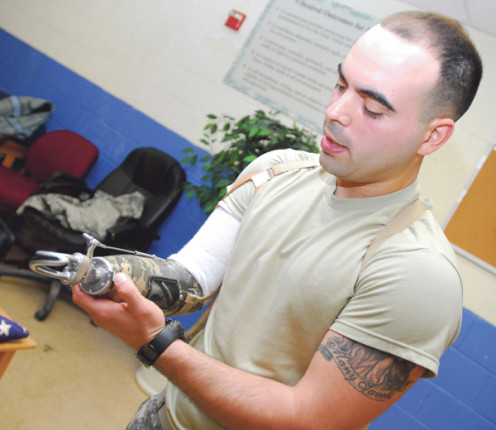
Wounded Warriors Return To Work
Staff Sgt. Luis Elias did not need to accept a medical retirement from the US Army after losing his right hand during the early summer of 2009. Medical science and physical therapy allowed him to regain the use of a nearly fully functioning robotic hand so that he could return to his full-tie career of army duties as a Drill Sergeant.
Elias was not injured in Iraq or Afghanistan, but at Fort Benning Georgia, training his soldiers in how to avoid a grenade simulator during a crawling drill through enemy fire. Unfortunately, the device exploded in his hand, taking it away.
Some cases of amputation require a long time to heal and the patient a long time to adjust to prosthetics. However, Elias was back to work as a Drill Sergeant in just six months.
With two bionic arms and a metal hook type hand, Elias said that his young son looked oon him as a kind of Transformer hero. I think that he might feel somewhat the hero, as he has modeled to other Wounded Warriors their hopes for readjustment and work.
One of the best newer innovations in artificial limbs is the I Limb Bionic Hand, seen below. The accompanying videos are remarkable.
Bionic Bodys Part Available
-
Ankle-foot replacement
-
Artificial Heart
-
Lifelike Prosthetics, some of which offer a sense of touch.
-
Robotic Exoskeleton
-
Smartphone-controlled limbs
-
Thought-Controlled Robotic Legs
A Third Thumb May Be Our Future
The Bionic Hand
We remember the early Star Wars saga in which Luke Skywalker received a bionic hand. At the time the movies were filmed, medical science was working on just such a device.
The i-LIMB Hand is a bionic hand used by soldiers returning from the Iraq War.
This hand is the world's first natural, independent-digit bionic hand made available to the world and global consumers. The computerized hand features five fingers/thumb that operate independently, they grasp objects naturally and brings daily activities back to the realm of the amputee. Each digit of the bionic hand is equipped with its own motor. The Touch Bionics i-LIMB Hand high-quality strong plastics, is very lightweight, and moves exactly as a human hand, even able to pick up a thin dime.
The i-Limb
Natural Replacement Parts
The electro-mechanical hand is operated through an intuitive-type system that employs a traditional two-input myoelectric signal. This signal is very much like the electrical impulses sent to the muscles from the human brain and spinal cord (Central nervous System or CNS), and these signals operate the digits.
Another useful feature of the device is that each finger can be removed by itself, if repair is needed. This convenience leaves the patient with more increased mobility than if the entire hand had to go in for repairs to only one digit.
Wearing the i-Limb
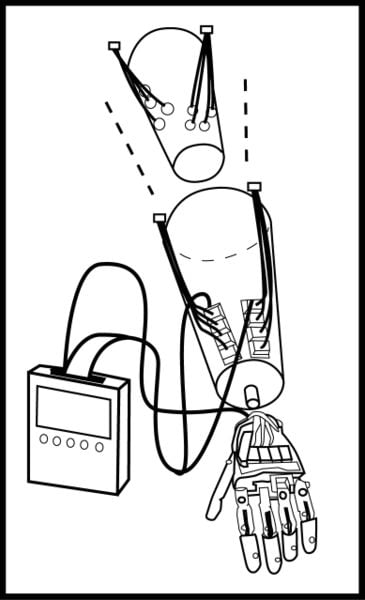
Electrical Impulses Used Naturally
Myoelectric controls target the remaining muscles in the part of the limb still possessed by the patient, with electrodes attached to the skin's surface that receive the signals.
Clients in need of such a device find that they are very easily able to learn to use the bionic hand in just a few minutes. These devices are in ongoing development and steadily improving.
The process is almost "attach and go" and seems to be just a step away from the bionic hand used for Luke Skywalker in the Star Wars Saga -- Science Fiction has led to scientific invention more than once before, and recipients of this bionic hand are grateful.
In the early 1990s, the Ohio Industrial Commission's Rehabilitation Unit designed their first bionic arm and hand for a Workers Compensation patient that had lost all of his arm, up to the shoulder. The first edition may have been a little clunky and awkward, but additional work and development gave this lucky gentleman back the use of his missing arm. The I Limb is a giant step up from such early innovative bioengineering. Bionics are improving every day and providing jobs in an expanding health related field.
I-Limb From Touch Bionics
Individual Fingers and Thumb
The ProDigits is also called the Partial Hand. ProDigits is a nickname for Prosthetic Digits. These digits are self-contained fingers individually powered, operated, and controlled by the patient to replace lost fingers. The i-LIMB Hand is actually a base chassis for a total of five of the ProDigits.
Individual ProDigits are used for patients who have lost part of their hand or whole finger(s). The fingers are very lifelike, easy to control and help to restore a feeling of normalcy and movement to the patient. ProDigits and the i-LIMB Hand are the first steps in creating entire limbs for amputees in the future.
In addition to bionic gadgets like electro-mechanical hands and fingers, medical science can now grow new bones, fingers, and hands. The process of arm/hand transplantation from donors is also progressing in the United States, especially for wounded warriors returning from Middle East wars.
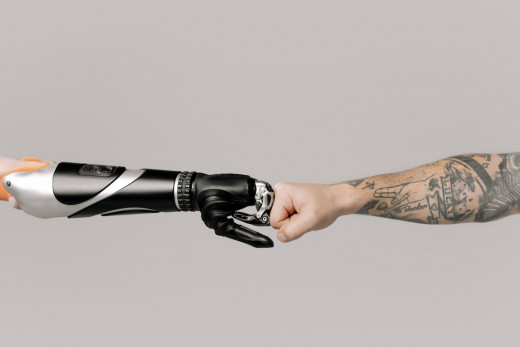
Sources
- The Bionic Body: Breakthrough Transplantation Devices; 2017
- Niller, E. Bionic Limbs 'Learn' to Open a Beer. Wired; 2023.
- Open Bionics - Turning Disabilities into Superpowers; 2022
This content is for informational purposes only and does not substitute for formal and individualized diagnosis, prognosis, treatment, prescription, and/or dietary advice from a licensed medical professional. Do not stop or alter your current course of treatment. If pregnant or nursing, consult with a qualified provider on an individual basis. Seek immediate help if you are experiencing a medical emergency.
© 2008 Patty Inglish MS MPH

